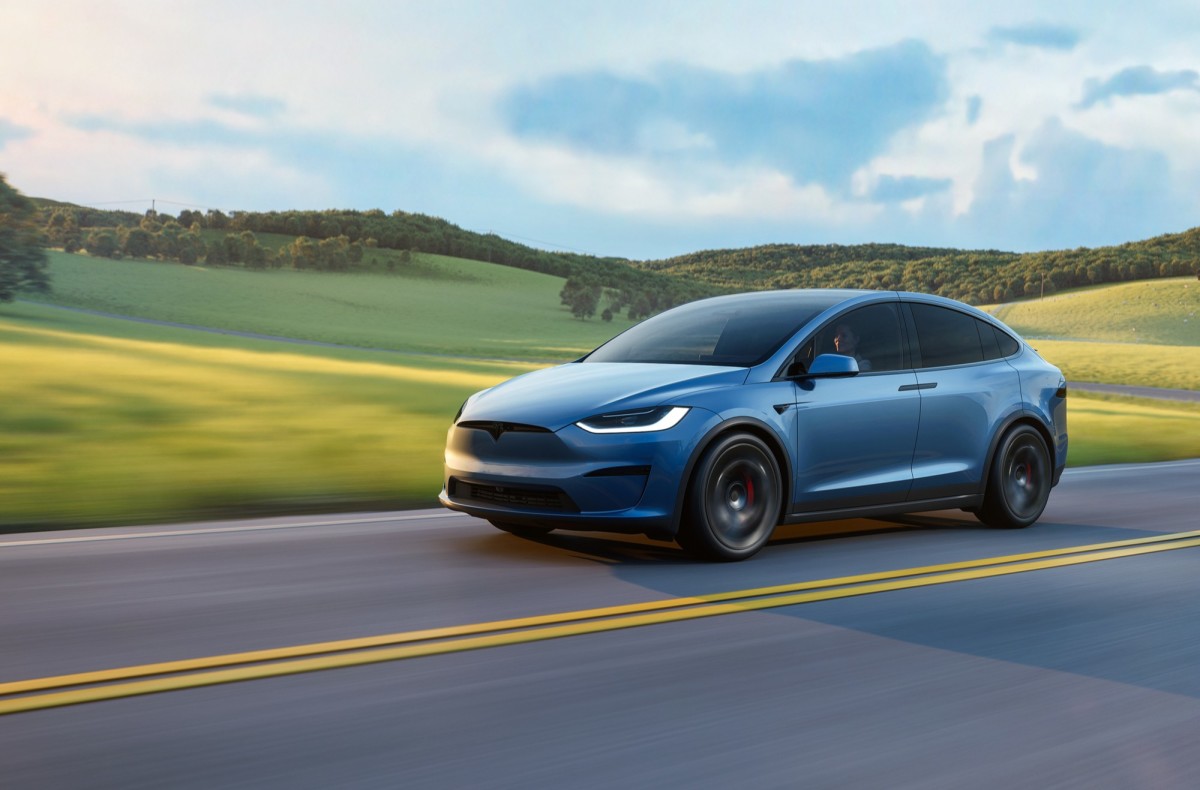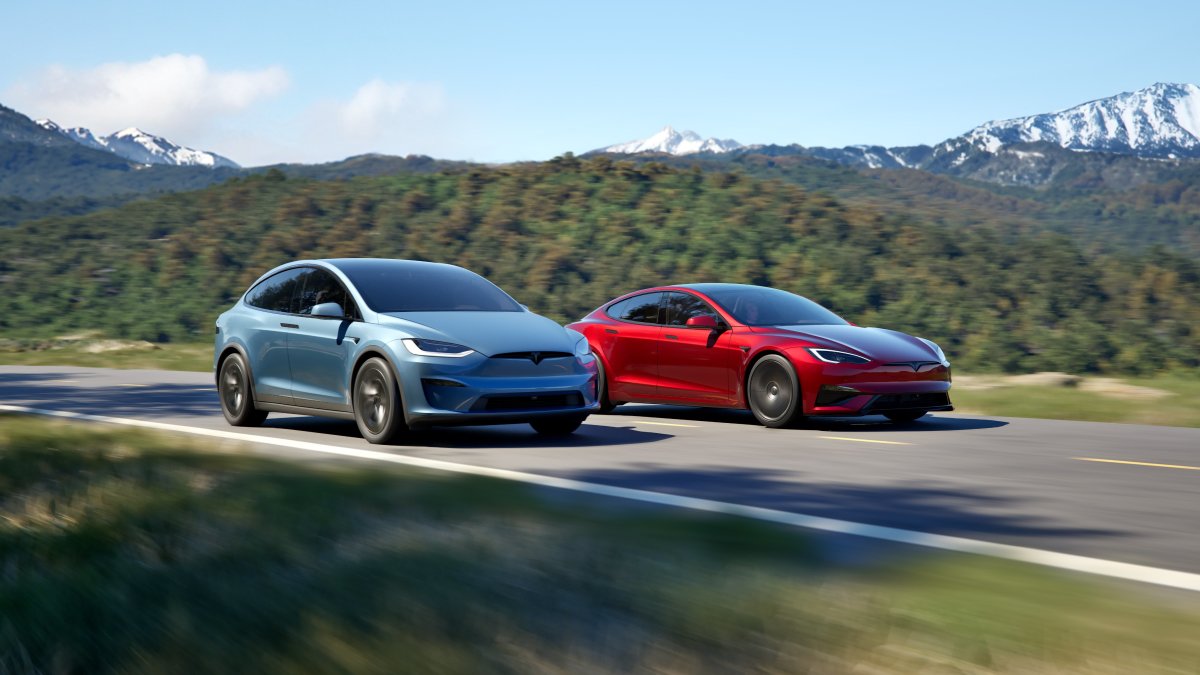
Model Bloat
Due to regulations, safety systems, and the demand for more features, cars have gained a lot of weight dramatically. Add in bits for hybrid systems, and we regularly see cars tipping the scales at about 4,000 lbs. Okay, there are still compacts that weigh less than that, but we wouldn’t exactly call them flyweights anymore.
Which is why it’s a big deal when a car actually manages to lose weight rather than gain it in today’s world. What’s even more amazing is if it doesn’t do it without resorting to exotic and expensive materials.

Tesla
An Accidental Discovery
Recently, Car and Driver had the updated Model X and through its usual barrage of tests. To their surprise, the electric crossover weighed less than the one they had previously. It tipped the scales at 5,219 lbs, which is about 400 lbs less than before, according to C/D.
Obviously, it’s no MX-5, but taking out that much mass is impressive nonetheless. Turns out, Tesla managed that by doing a heap of changes under the skin, not that you’d notice them just by looking at the 2026 Model X.

Weight-Saving Measures
Lars Moravy, Tesla’s vice president of vehicle engineering, explained to C/D how they managed to put the Model X on a diet. Moravy said that the reason pre-facelift models weighed more is that Tesla had to rush its launch. The result was having to use a lot of Model S hardware, which led to “less than elegant solutions” to get it to market quickly.
A major factor in the weight loss was the switch to an induction-type rear motor, replacing the old permanent-magnet unit. The half-shafts have been “optimized,” and the battery pack has been made lighter and more energy-dense.
More pounds were shaved off with new interior materials, from the door panels to the headliner. The pedestal mounting in the rear bench seat models was also removed, and it is claimed to remove about 50 lbs. More efficient wiring packaging was also implemented for the Model X, reducing overall weight. The same went for the cooling system.
There were also some changes made to the production process to make it lighter and, more importantly, stiffer. The new Model X benefits from megacasting, which reduces the number of panels and creates a more solid structure. That said, there are still some doubts about that manufacturing process, particularly when it comes to repair.

Tesla
Any Benefits?
Car and Driver noted that the new Model X felt different behind the wheel compared to the last one they tested about a decade ago. More notably, it’s quicker than before, with the entry-level version they tested hitting 60 mph in 3.6 seconds.
But the weight reduction (and denser batteries) also meant better range. C/D reports that they managed 300 miles on their highway loop, and that the EPA rating has jumped to 325 miles.
Whether you like Tesla or not, what the company did is worth celebrating. Simply put, lighter cars are faster, more efficient, and handle better. As more cars go towards the wrong end of the weighing scale, it proves that it’s still possible to shave off weight. Automakers are facing higher and tougher emissions standards now, and making cars lighter is a good place to start.

Aleksei Potov – stock.adobe.com


